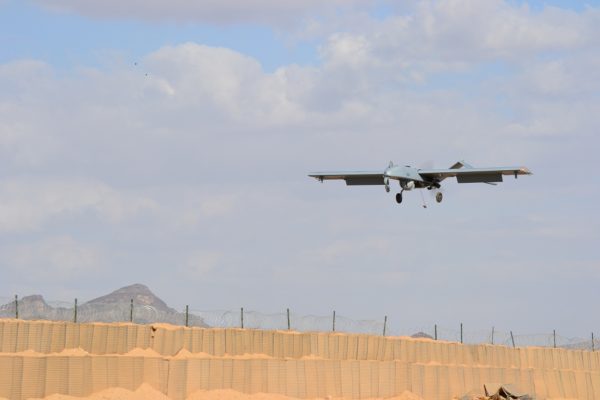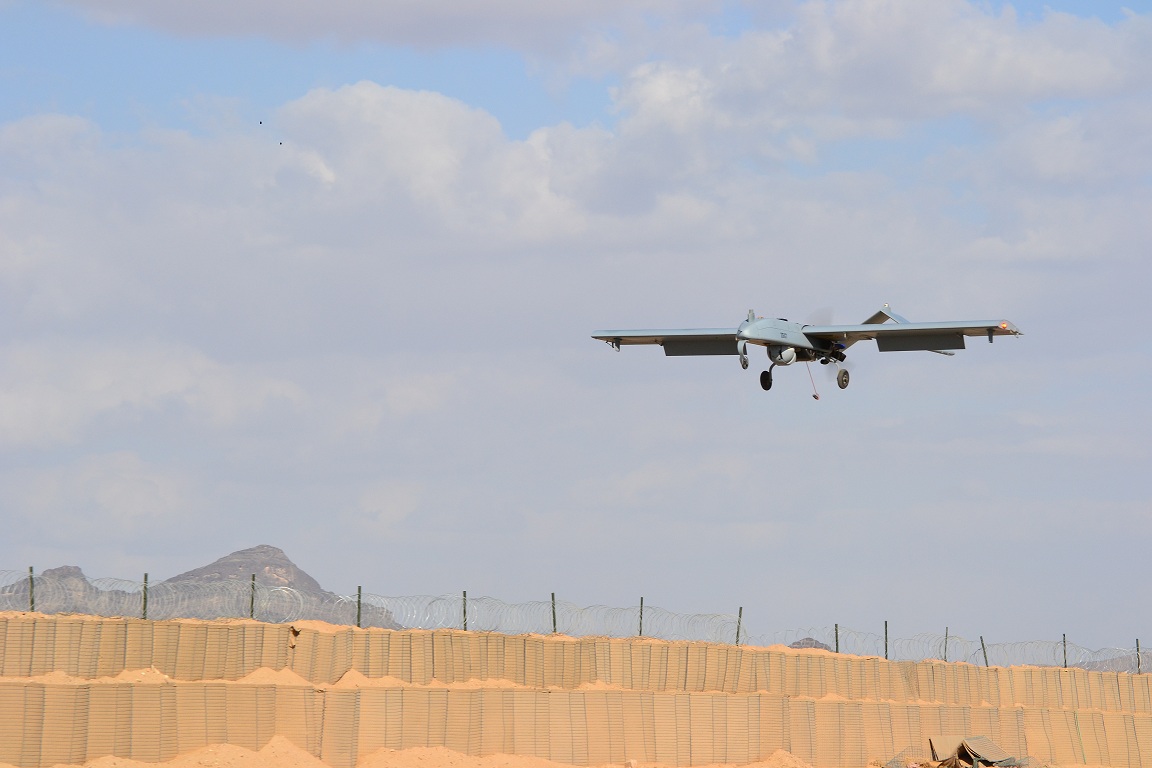
The US Air Force Research Laboratory’s Center for Rapid Innovation (AFRL) said on 15 December that it had successfully completed initial flight tests for a new Unmanned Aerial System (UAS) with a “customizable suite of intelligence, surveillance and reconnaissance tools that supports extended missions”.
This series of flight tests began in February at Dugway Proving Ground, Utah, culminating with a two and a half-day continuous flight demonstration in early December. Subsequent flight tests are expected to demonstrate increased levels of flight endurance.
The Ultra Long Endurance Aircraft Platform – or Ultra LEAP – consists of a sport-class commercial airframe converted to a fully automated system and secure navigation that uses anti-jam GPS and has full global operational access via a satellite-based command and control, and a high-rate data relay link.
Developing Ultra LEAP from concept to first flight took less than 10 months, and the system could be ready for operational fielding as soon as 2020, the AFRL said. This level of automation is expected to greatly reduce operator training requirements and smaller support crews are expected to lead to lower operating costs.
According to the AFRL, Ulta LEAP uses subsystems and lessons learned from its prior LEAP program, a UAS that supports missions lasting up to 40 hours. To date, LEAP has “completed more than 18,000 combat flight hours, and demonstrated one of the lowest mishap rates and smallest mission crew size of any operational UAS in its class”.
“As the Air Force balances current readiness with long-term modernization, Ultra LEAP represents an affordable approach that supports both existing and future force needs,” Major General William Cooley, AFRL commander, said in a statement.
The “enhanced UAS capabilities, along with the cost savings, offers the military a winning solution,” he added.
“Developing a UAS with this level of endurance is an incredible achievement for future warfighting and battlefield success,” Paul Litke, the AFRL project engineer leading the effort, said. “This way, the U.S. military will save money without sacrificing reliability and maintainability.”
“Accomplished after only 10 months of development by our AFRL industry team, today’s 2 1/2-day Ultra LEAP mission is a significant milestone in solving the tyranny of distance problem for ISR systems,” added Dr. Alok Das, AFRL senior scientist and director of the Air Force Research Laboratory’s Center for Rapid Innovation (CRI).
“It will provide immediate benefit to our warfighters while at the same time paving the path for future low-cost, multi-day endurance ISR systems,” he concluded.
Going forward, the Air Force expects parallel AFRL-CRI efforts to focus on UAS operations with short takeoff and landing distances to support deployments at non-traditional locations.


Leave a Reply